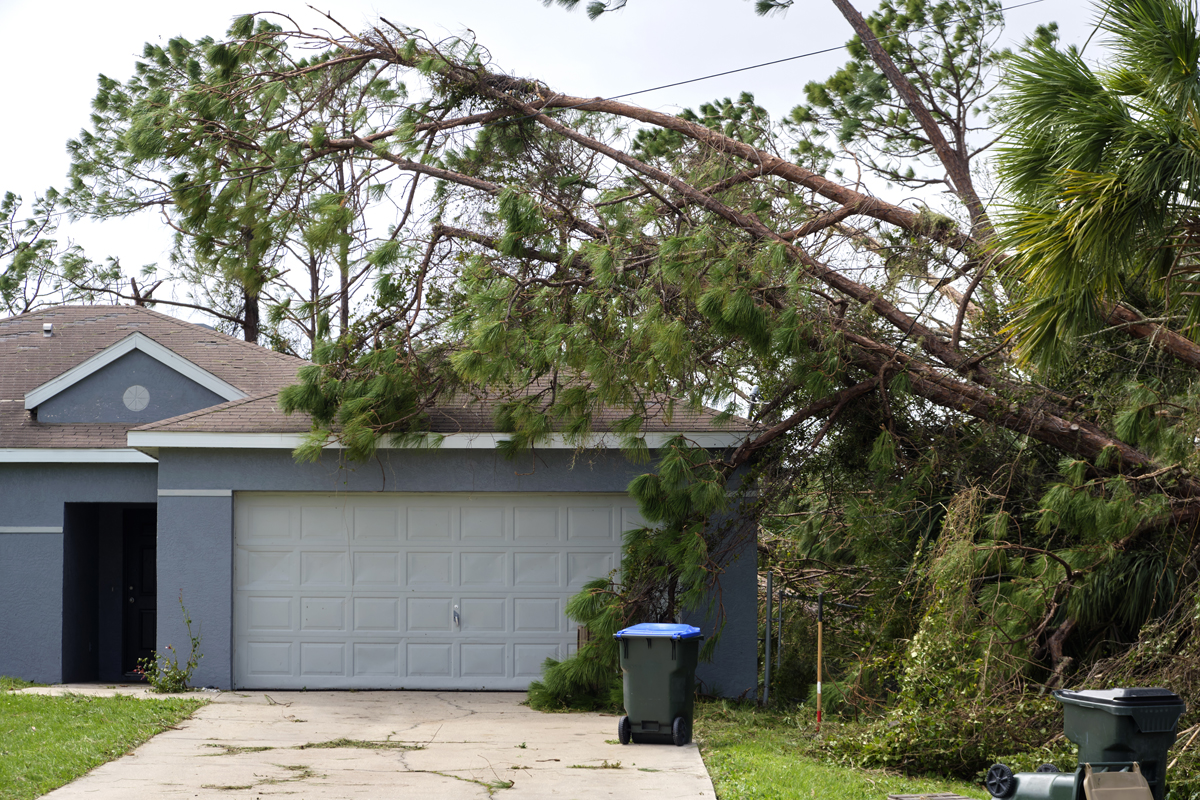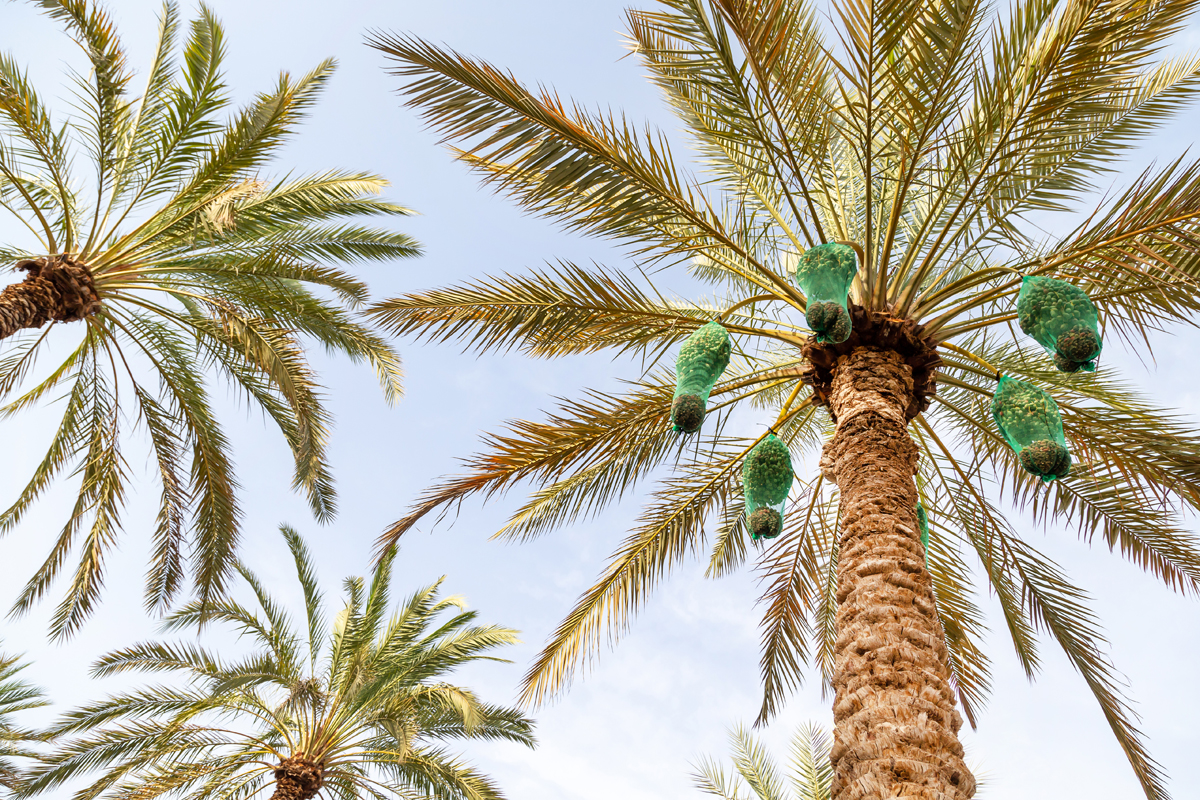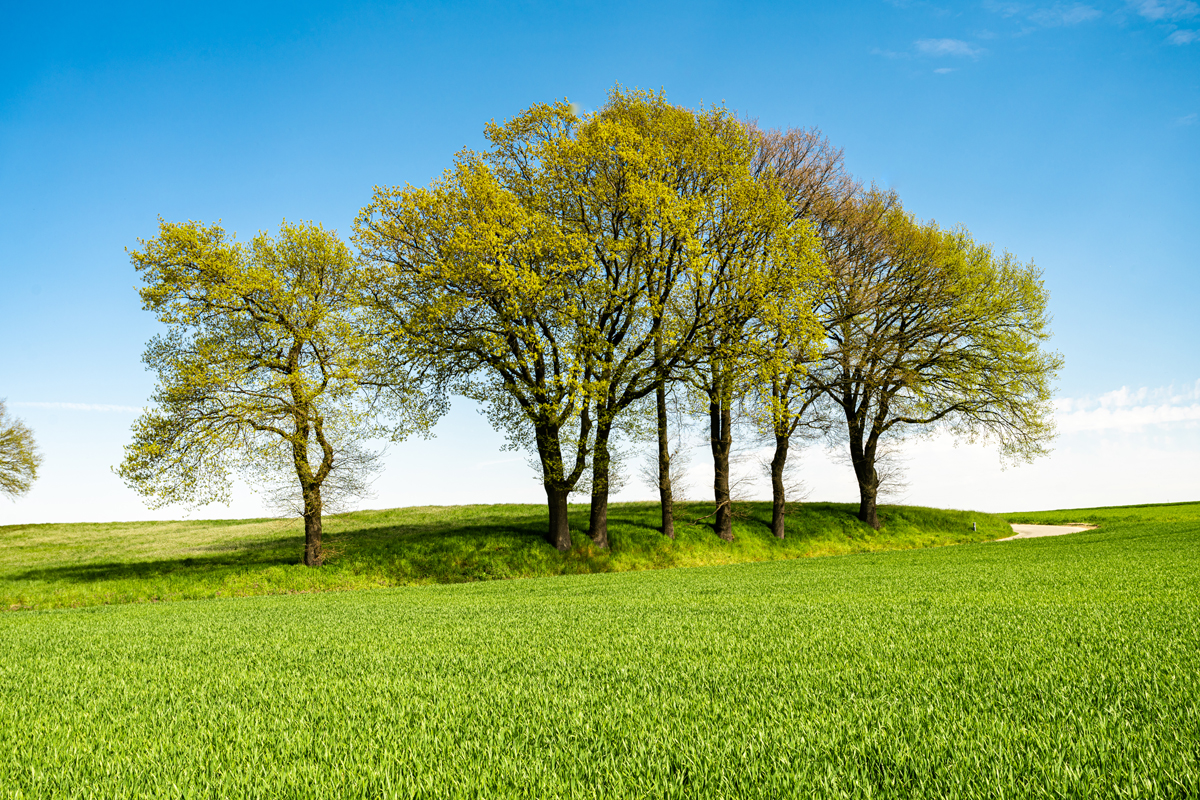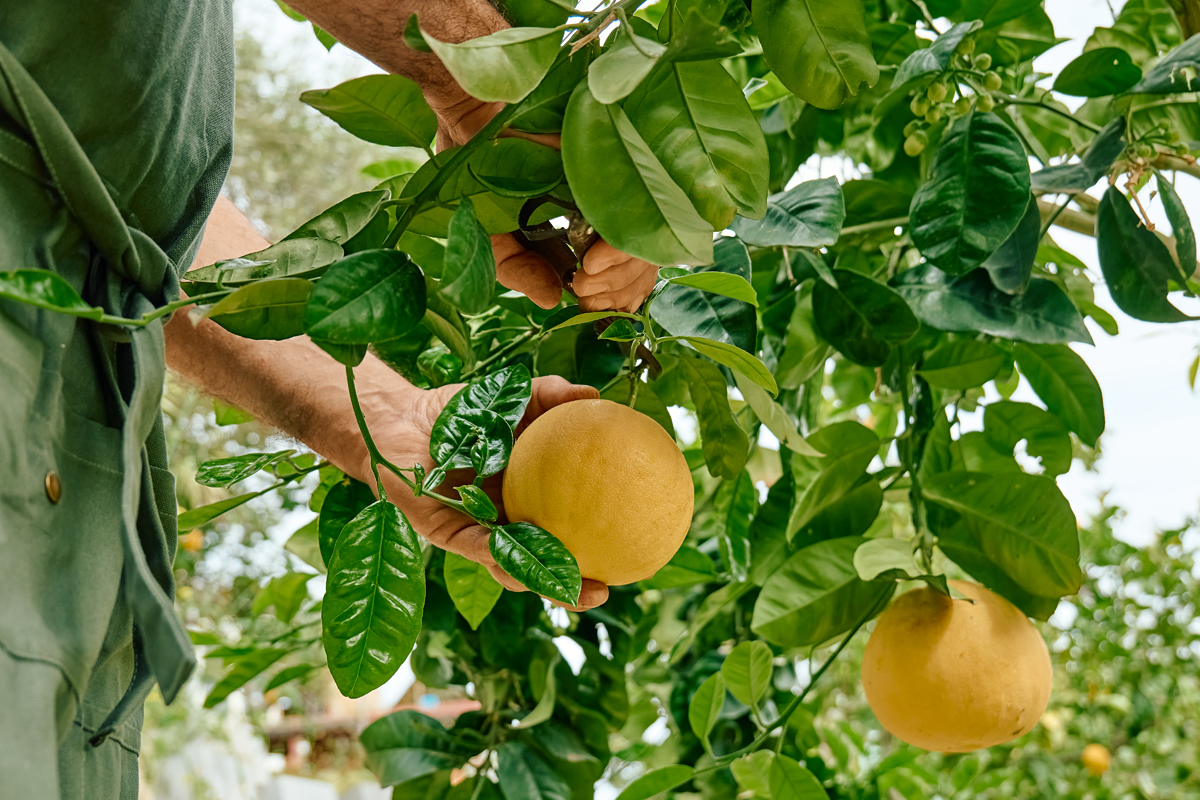Trees are much treasured in the Phoenix Valley. In part because the desert climate can be harsh on them but also because they help keep properties greener, cooler and more inviting. So it makes sense to plan a tree assessment by a certified arborist. Not only does it ensure you are ahead of the game on minimizing any damage potential from trees on your property, it also is a great safeguard and helps trees stay healthy all year long.
Tree Assessments
A tree assessment is a professional look at how healthy, strong, and safe a tree is. Using techniques that are customary in the field, a licensed arborist looks at the whole tree, from the roots to the canopy, to find early indicators of stress, pests, or structural weakness. This kind of expert study is really important in Phoenix, where trees often have to deal with drought and strong winds. The arborist looks at the tree's leaves, branches, bark, trunk stability, root flare, and the ground around it during an examination. They also look for diseases that are widespread in our area, such sooty canker, root rot, and borers, as well as deterioration, cracks, and insect activity. We also look at things like how much sun the plants get, how often they are watered, and any development that is going on nearby that could hurt the roots.Why People Who Own Homes in Phoenix Should Get Regular Assessments
The arid weather is often hard on trees. Even tough plants like mesquite, palo verde, and ironwood can be dangerous if you don't keep an eye on them. A licensed arborist can find concerns that aren't visible to someone who isn't qualified, like internal deterioration, bad branch attachments, or root problems caused by watering the tree incorrectly. Another big cause for regular inspections is Phoenix's monsoon season. Strong gusts can damage weak branches or knock over trees whose roots aren't strong enough. An arborist can look at the risks and suggest ways to protect your home, cars, and family, such pruning, cabling, or adding structural support.After an Arborist Assessment, You Get:
The report that homeowners obtain is simple and easy to comprehend. It tells them about the tree's status and gives them professional advice. These could include things like fixing the tree's shape, improving the soil, treating diseases, or, in very rare situations, cutting it down. The idea is to keep your trees alive longer, lower dangers, and make your property look its best. An arborist's advice can assist keep valuable mature trees from being damaged by mistake when you are rebuilding or changing the landscape of your property. Their opinion is especially vital for tasks like grading, installing a pool, and building hardscapes.Take care of your investment in your landscape
Trees make your property worth more, give you shade, lower your energy bills, and make the outdoors cooler. A professional arborist can help you keep that investment safe. Phoenix residents may avoid expensive damage, make their trees last longer, and keep their yards safer and healthier by having their trees checked on a regular basis. A professional tree inspection is the ideal place to start if you're worried about a certain tree, getting ready for the rainy season, or just want to feel better. If you are searching for tree service in Scottsdale, Mesa or Tempe, Liberty Tree Experts can help! Get a free tree service quote by giving Liberty a call today at 480-482-9374.More Articles About Arizona Landscaping
- Best Time Of Year To Trim Trees In Arizona
- Can You Grow Lemon Trees In Arizona?
- How To Save A Dying Cactus
- How To Bring A Dead Palm Tree Back To Life
- Cost Of Tree Removal 2020
- How Much Does Cactus Removal Cost?
- How Much Does Palm Tree Trimming Cost?
- How Much Does Palm Tree Removal Cost?
- How Much Does Tree Removal Cost?
- How Much Does Tree Stump Grinding & Removal Cost?
- How To Trim A Tree
- How To Choose a Tree Service
- WHY TOPPING HURTS TREES
- How To Show Your Trees You Love Them
- Fast Growing Trees of Arizona
- When & How to Trim Citrus Trees in Arizona
- Preparing Arizona Trees For Monsoon Storms
- Arizona Ash Trees
- Mesquite Trees In Arizona










